Subrata Mukherjee, Yu Xie Mukherjee9780824725990, 9781420027860, 0824725999
After introducing some novel topics related to the boundary element method (BEM), the authors focus on the boundary contour method (BCM)-a variant of the BEM that further reduces the dimensionality of a problem. The final section of the book explores the boundary node method, which combines the BEM with moving least-squares approximants to produce a mesh-free, boundary-only method.
The authors, who are also the primary developers of these methods, clearly introduce and develop each topic. In addition to numerical solutions of boundary value problems in potential theory and linear elasticity, they also discuss topics such as shape sensitivities, shape optimization, and adaptive meshing. Numerical results for selected problems appear throughout the book, as do extensive references. ———————Features——————— · Introduces novel computational methods that combine the advantages of the boundary element method with those of mesh-free methods · Includes numerical results for many of the problems discussed · Explores applications such as shape sensitivity analysis, shape optimization, and error estimation, analysis, and adaptivity ———————Contents——————— INTRODUCTION TO BOUNDARY METHODS
I SELECTED TOPICS IN BOUNDARY ELEMENT METHODS
BOUNDARY INTEGRAL EQUATIONS Potential Theory in Three Dimensions Linear Elasticity in Three Dimensions Nearly Singular Integrals in Linear Elasticity Finite Parts of Hypersingular Equations ERROR ESTIMATION Linear Operators Iterated HBIE and Error Estimation Element-Based Error Indicators Numerical Examples THIN FEATURES Exterior BIE for Potential Theory: MEMS BIE for Elasticity: Cracks and Thin Shells
II THE BOUNDARY CONTOUR METHOD
LINEAR ELASTICITY Surface and Boundary Contour Equations Hypersingular Boundary Integral Equations Internal Displacements and Stresses Numerical Results SHAPE SENSITIVITY ANALYSIS Sensitivities of Boundary Variables Sensitivities of Surface Stresses Sensitivities of Variables at Internal Points Numerical Results: Hollow Sphere Numerical Results: Block with a Hole SHAPE OPTIMIZATION Shape Optimization Problems Numerical Results ERROR ESTIMATION AND ADAPTIVITY Hypersingular Residuals as Local Error Estimators Adaptive Meshing Strategy Numerical Results
III THE BOUNDARY NODE METHOD
SURFACE APPROXIMANTS Moving Least Squares (MLS) Approximants Surface Derivatives Weight Functions Use of Cartesian Coordinates POTENTIAL THEORY AND ELASTICITY Potential Theory in Three Dimensions Linear Elasticity in Three Dimensions ADAPTIVITY FOR 3-D POTENTIAL THEORY Hypersingular and Singular Residuals Error Estimation and Adaptive Strategy Progressively Adaptive Solutions: Cube Problem One-Step Adaptive Cell Refinement ADAPTIVITY FOR 3-D LINEAR ELASTICITY Hypersingular and Singular Residuals Error Estimation and Adaptive Strategy Progressively Adaptive Solutions: Pulling a Rod One-Step Adaptive Cell Refinement Bibliography Index
Table of contents :
Boundary Methods: Elements, Contours, and Nodes……Page 9
PREFACE……Page 12
Table of Contents……Page 14
Hypersingular Boundary Integral Equations……Page 19
Mesh-Free Methods……Page 20
Boundary Node Method……Page 21
Shape Sensitivity Analysis with the BCM and the HBCM……Page 22
Error Estimation and Adaptivity……Page 23
Part I: SELECTED TOPICS IN BOUNDARY ELEMENT METHODS……Page 25
1.1.1 Singular Integral Equations……Page 26
1.1.2 Hypersingular Integral Equations……Page 28
1.2.1 Singular Integral Equations……Page 29
1.2.2 Hypersingular Integral Equations……Page 31
1.2.2.1 Displacement gradient on the bounding surface……Page 33
1.3.1 Displacements at Internal Points Close to the Boundary……Page 35
1.3.2 Stresses at Internal Points Close to the Boundary……Page 36
1.4.1.1 De.nition……Page 37
1.4.1.2 Evaluation of A and B……Page 39
1.4.2 Gradient BIE for 3-D Laplace’s Equation……Page 40
1.4.3 Stress BIE for 3-D Elasticity……Page 42
1.4.4 Solution Strategy for a HBIE Collocated at an Irregular Boundary Point……Page 43
2.1 Linear Operators……Page 45
2.2.1 Problem 1 : Displacement Boundary Conditions……Page 47
2.2.1.1 Error estimate for the primary problem……Page 48
2.2.1.2 Error estimate for the iterate……Page 49
2.2.2 Problem 2 : Traction Boundary Conditions……Page 50
2.2.2.1 Error estimate for the primary problem……Page 51
2.2.3 Problem 3 : Mixed Boundary Conditions……Page 52
2.2.3.2 Stress residual……Page 53
2.3 Element-Based Error Indicators……Page 54
2.4 Numerical Examples……Page 55
2.4.1 Example 1: Lam´e’s Problem of a Thick-Walled Cylinder under Internal Pressure……Page 56
2.4.2 Example 2: Kirsch’s Problem of an In.nite Plate with a Circular Cutout……Page 58
3.1.1 Introduction to MEMS……Page 61
3.1.3 BIES in In.nite Region Containing Two Thin Conducting Plates……Page 63
3.1.3.2 Gradient BIE – source point approaching a plate surface S+……Page 64
3.1.3.3 Two plates very close together……Page 66
3.1.4 Singular and Nearly Singular Integrals……Page 68
3.1.5.1 Three BEM Models……Page 71
3.1.6.1 Capacitance evaluation from the thin plate BEM model……Page 72
3.1.6.2 Comparison of various methods……Page 73
3.2.1 BIES in LEFM……Page 76
3.2.1.2 Source point approaching a crack surface……Page 77
3.2.2 Numerical Implementation of BIES in LEFM……Page 82
3.2.3 Some Comments on BIEs in LEFM……Page 83
3.2.4.1 Mathematical formulation……Page 84
3.2.4.2 Some comments on thin shell problems……Page 85
Part II: THE BOUNDARY CONTOUR METHOD……Page 87
4.1.1 Basic Equations……Page 88
4.1.2 Interpolation Functions……Page 89
4.1.3 Boundary Elements……Page 92
4.1.4.1 The nonsingular case : n=0……Page 94
4.1.5 Final BCM Equations……Page 95
4.1.7 Surface Displacements, Stresses, and Curvatures……Page 97
4.1.7.3 Surface curvatures……Page 98
4.2.2 Regularized Hypersingular BCE……Page 99
4.2.3 Collocation of the HBCE at an Irregular Surface Point……Page 101
4.3.2 Displacements at Internal Points Close to the Bounding Surface……Page 103
4.3.3 Internal Stresses……Page 104
4.3.4 Stresses at Internal Points Close to the Bounding Surface……Page 105
4.4.1 Surface Displacements from the BCM and the HBCM……Page 106
4.4.2 Surface Stresses……Page 108
4.4.4 Internal Stresses Very Close to the Bounding Surface……Page 111
5.1.1 Sensitivity of the BIE……Page 114
5.1.2 The Integral Ik……Page 115
5.1.3.1 Shape functions for partial sensitivities – a simple example……Page 117
5.1.3.3 The .nal form of Jk……Page 118
5.1.4 The BCM Sensitivity Equation……Page 119
5.2 Sensitivities of Surface Stresses……Page 120
5.2.3 Method Three……Page 121
5.3.1 Sensitivities of Displacements……Page 122
5.3.2 Sensitivities of Displacement Gradients and Stresses……Page 124
5.4 Numerical Results: Hollow Sphere……Page 127
5.4.1.2 Stress sensitivities……Page 128
5.4.2.1 Sensitivity of radial displacement……Page 129
5.5.1 Geometry and Mesh……Page 131
5.5.3 Sensitivities of Internal Stresses……Page 133
6.1 Shape Optimization Problems……Page 135
6.2.1 Shape Optimization of a Fillet……Page 136
6.2.2 Optimal Shapes of Ellipsoidal Cavities Inside Cubes……Page 138
6.2.2.1 Uniform trace of the stress tensor over the cavity surface……Page 140
6.2.3 Remarks……Page 142
7.1 Hypersingular Residuals as Local Error Estimators……Page 144
7.2 Adaptive Meshing Strategy……Page 145
7.3.1 Example One – Short Clamped Cylinder under Tension……Page 146
7.3.2 Example Two – the Lam´e Problem for a Hollow Cylinder……Page 149
Part III: THE BOUNDARY NODE METHOD……Page 152
8.1 Moving Least Squares (MLS) Approximants……Page 153
8.2 Surface Derivatives……Page 157
8.3 Weight Functions……Page 159
8.4.1 Hermite Type Approximation……Page 160
8.4.2 Variable Basis Approximation……Page 161
8.4.2.1 Two-dimensional problems……Page 162
8.4.2.2 Three-dimensional problems……Page 166
8.4.2.3 Determination of approximating functions for u and τ……Page 168
9.1.1.1 Coupled equations……Page 169
9.1.1.2 Weakly singular integration scheme……Page 170
9.1.1.4 Potential and potential gradient at internal points……Page 172
9.1.2.1 Coupled equations……Page 173
9.1.3 Numerical Results for Dirichlet Problems on a Sphere……Page 174
9.1.3.1 Results from the BNM……Page 175
9.1.3.2 Results from the HBNM……Page 180
9.2.1.1 Coupled equations……Page 183
9.2.1.2 Discretized equations and boundary conditions……Page 184
9.2.2.1 Coupled equations……Page 185
9.2.3 Numerical Results……Page 186
9.2.3.1 Hollow sphere under internal pressure……Page 187
9.2.3.2 Bimaterial sphere……Page 189
9.2.3.3 3-D Kirsch problem……Page 190
10.1.1 The Hypersingular Residual……Page 193
10.1.2 The Singular Residual……Page 194
10.2 Error Estimation and Adaptive Strategy……Page 195
10.2.2 Local Residuals and Errors – Singular Residual Approach……Page 196
10.2.4 Global Error Estimation and Stopping Criterion……Page 197
10.3 Progressively Adaptive Solutions: Cube Problem……Page 198
10.3.2 Initial Cell Con.guration # 1 (54 Surface Cells)……Page 199
10.3.3 Initial Cell Con.guration # 2 (96 Surface Cells)……Page 200
10.4 One-Step Adaptive Cell Re.nement……Page 206
10.4.1 Initial Cell Con.guration # 1 (54 Surface Cells)……Page 208
10.4.2 Initial Cell Configuration #2 (96 Surface Cells)……Page 209
11.1.1 The Hypersingular Residual……Page 211
11.2.1 Local Residuals and Errors – Hypersingular Residual Approach……Page 212
11.3 Progressively Adaptive Solutions: Pulling a Rod……Page 213
11.3.2 Adaptivity Results……Page 215
11.4 One-Step Adaptive Cell Re.nement……Page 216
Bibliography……Page 221

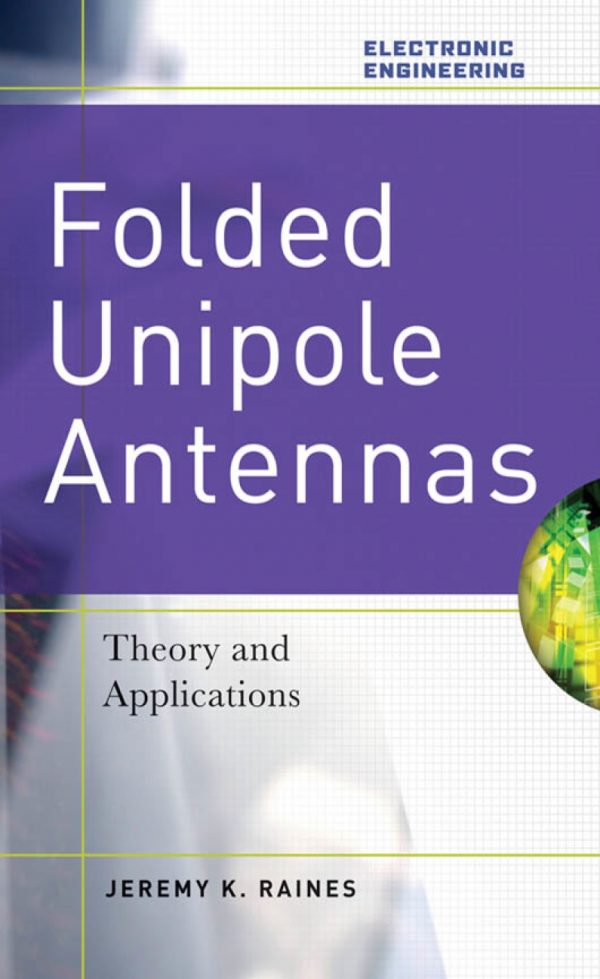
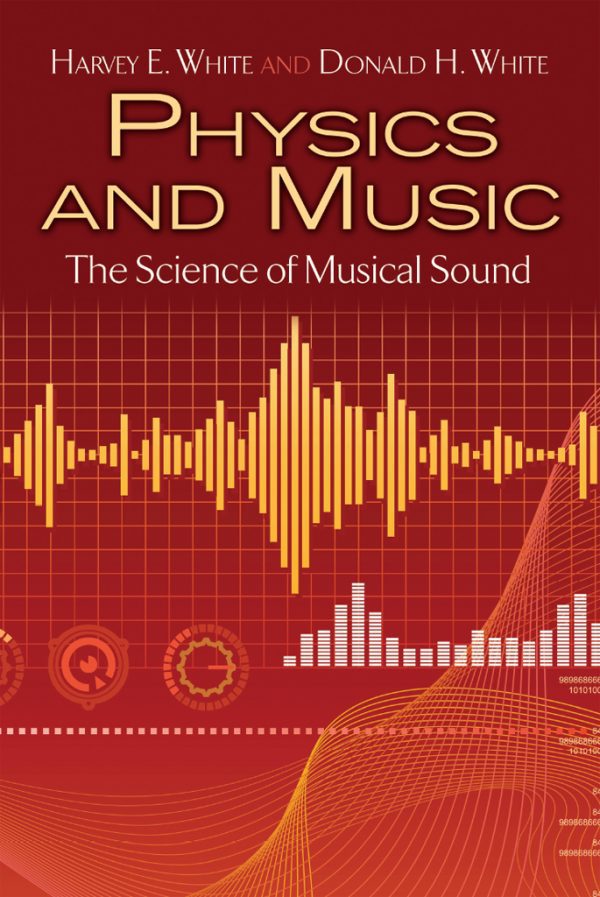
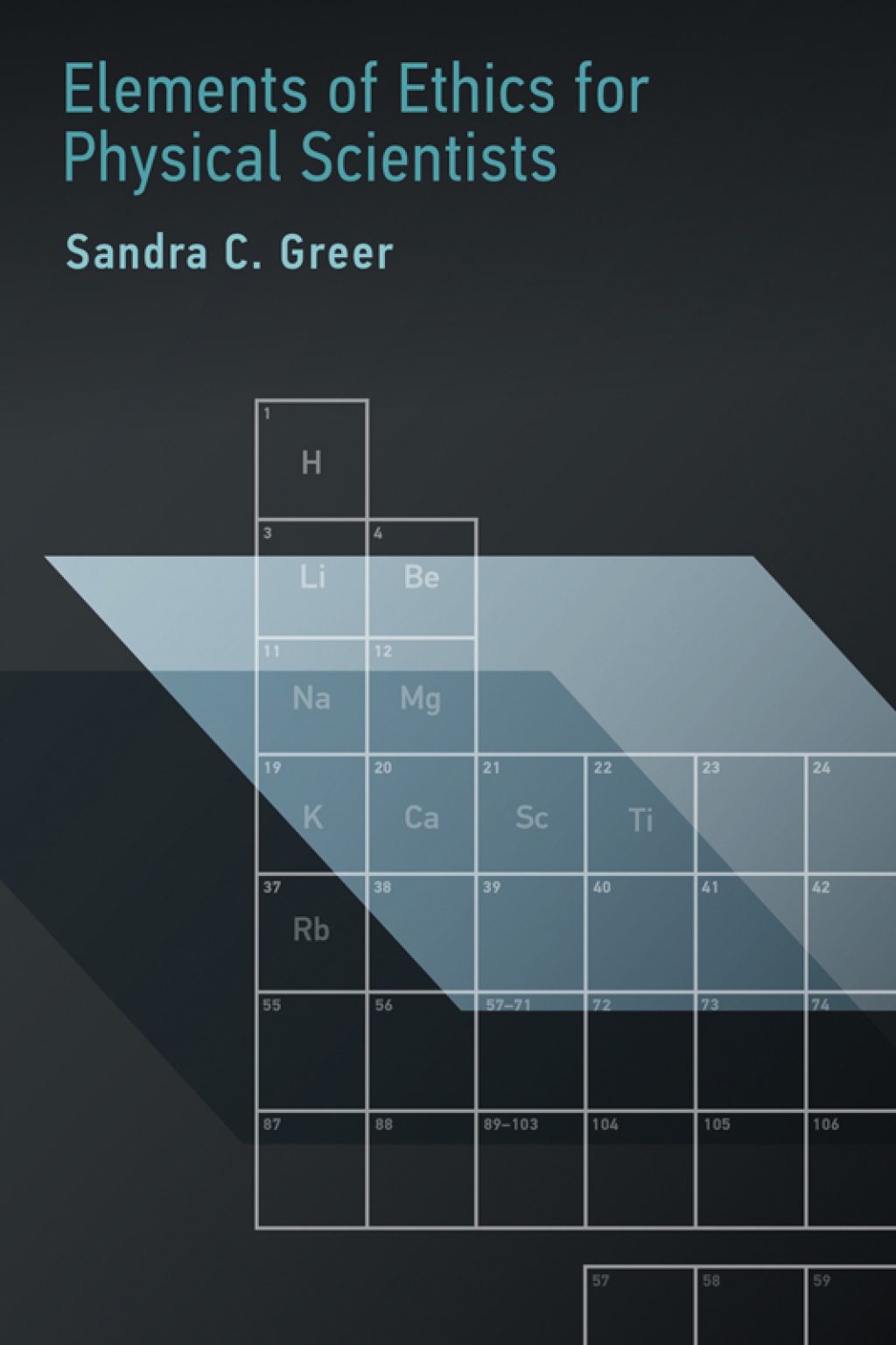
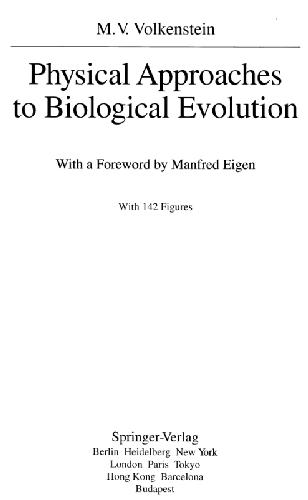
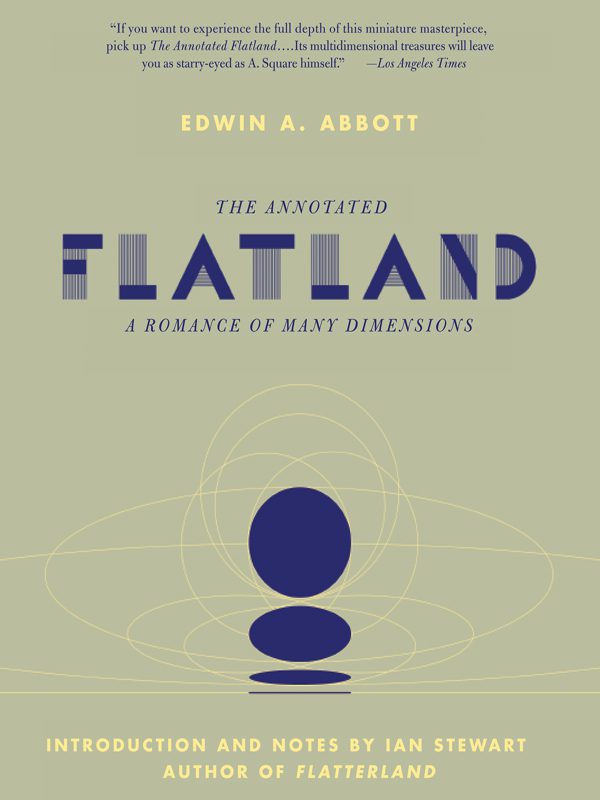
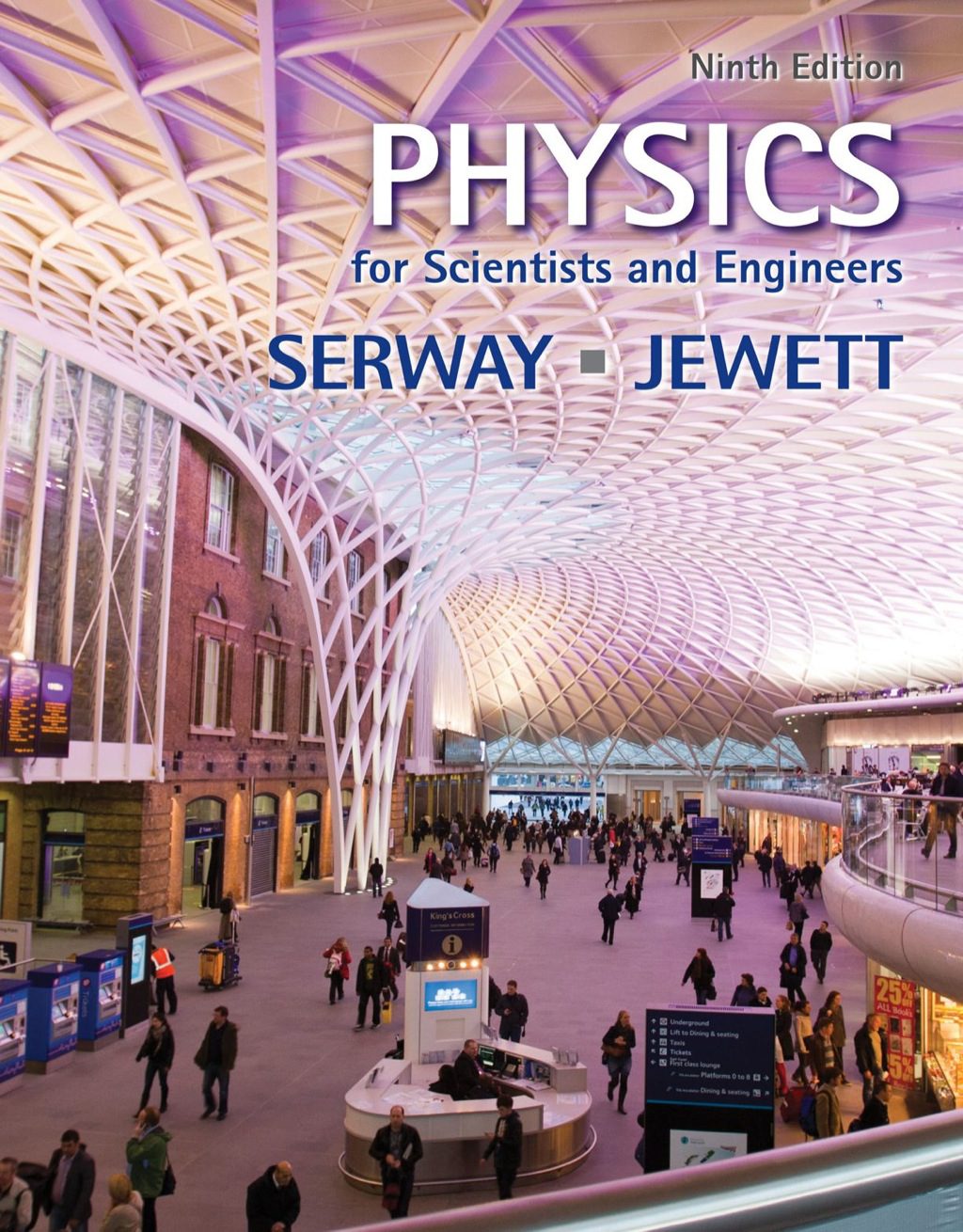
Reviews
There are no reviews yet.